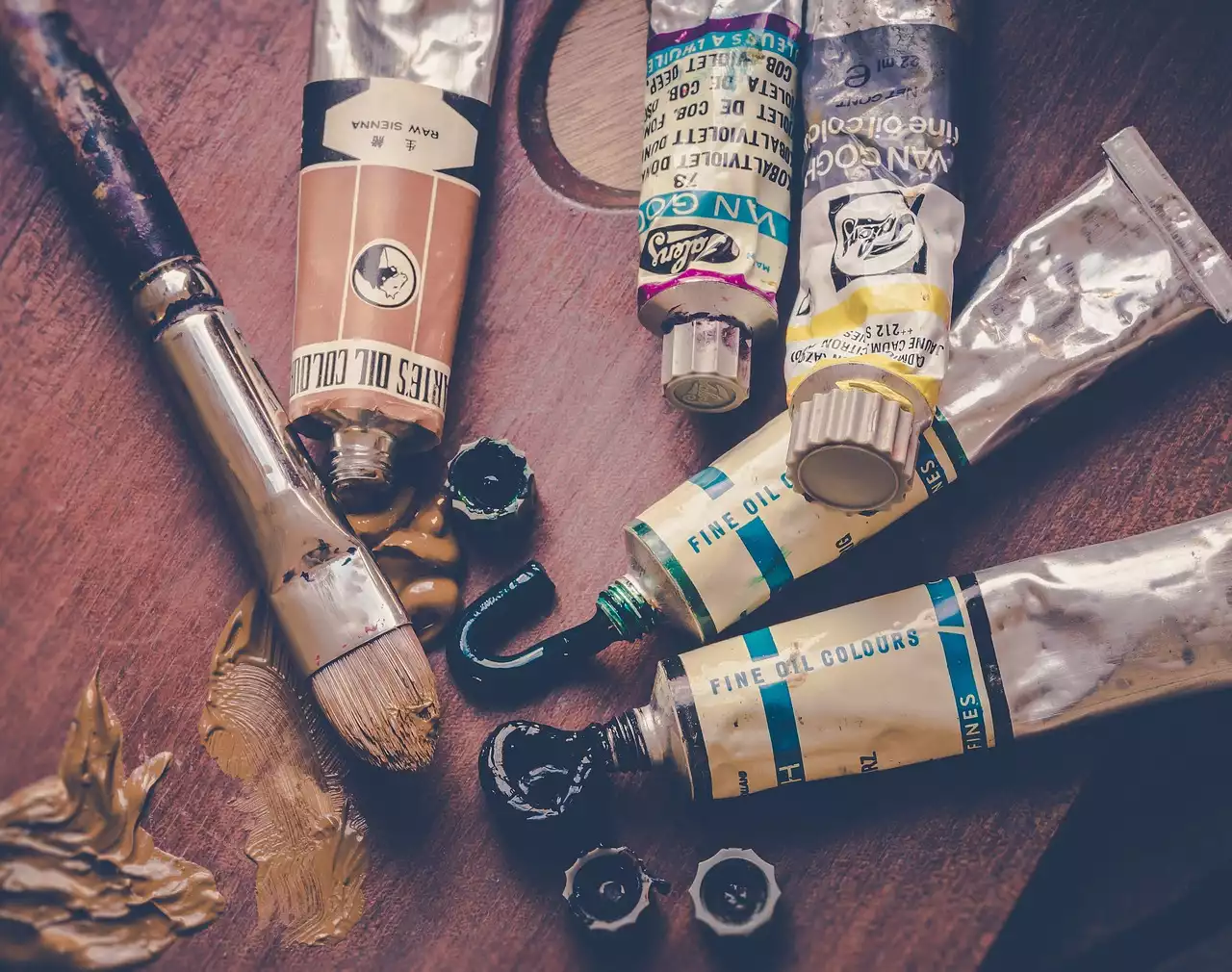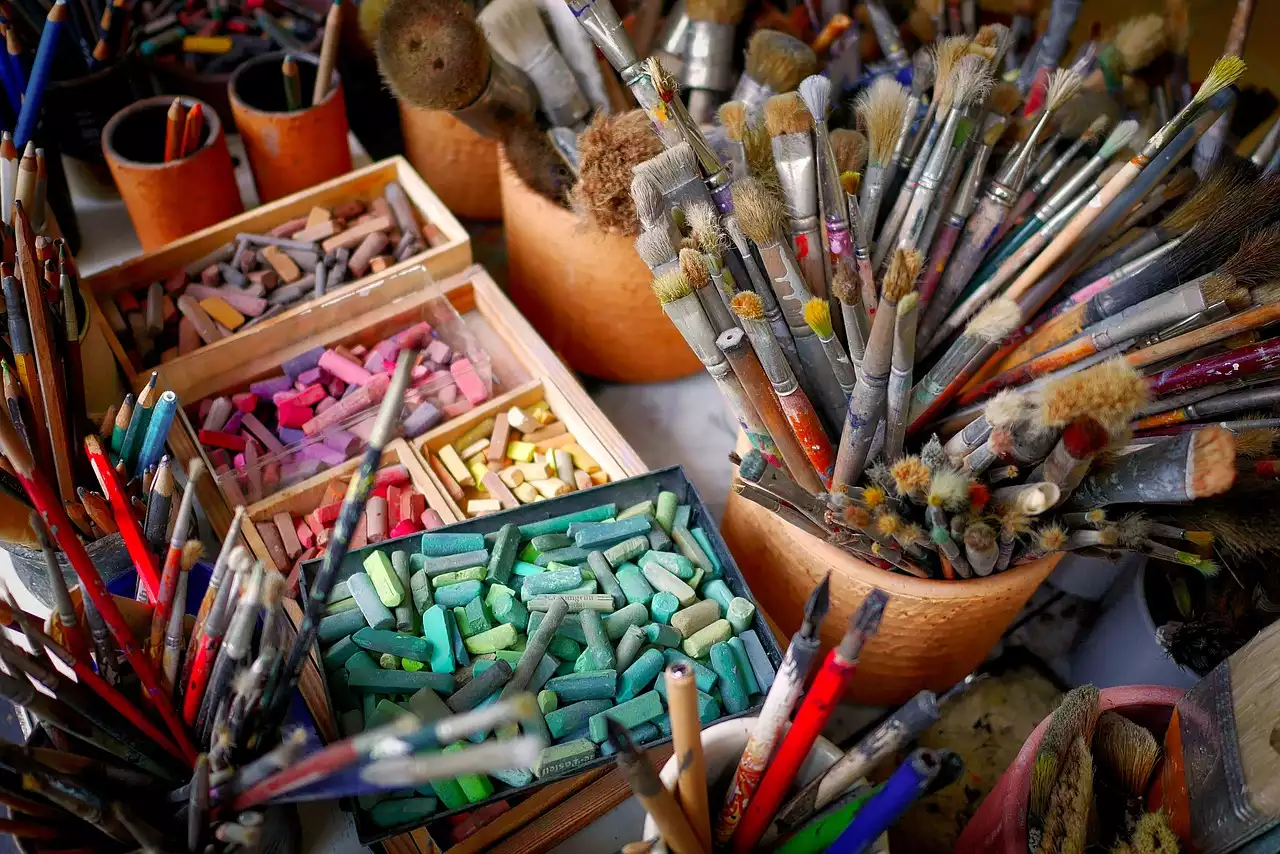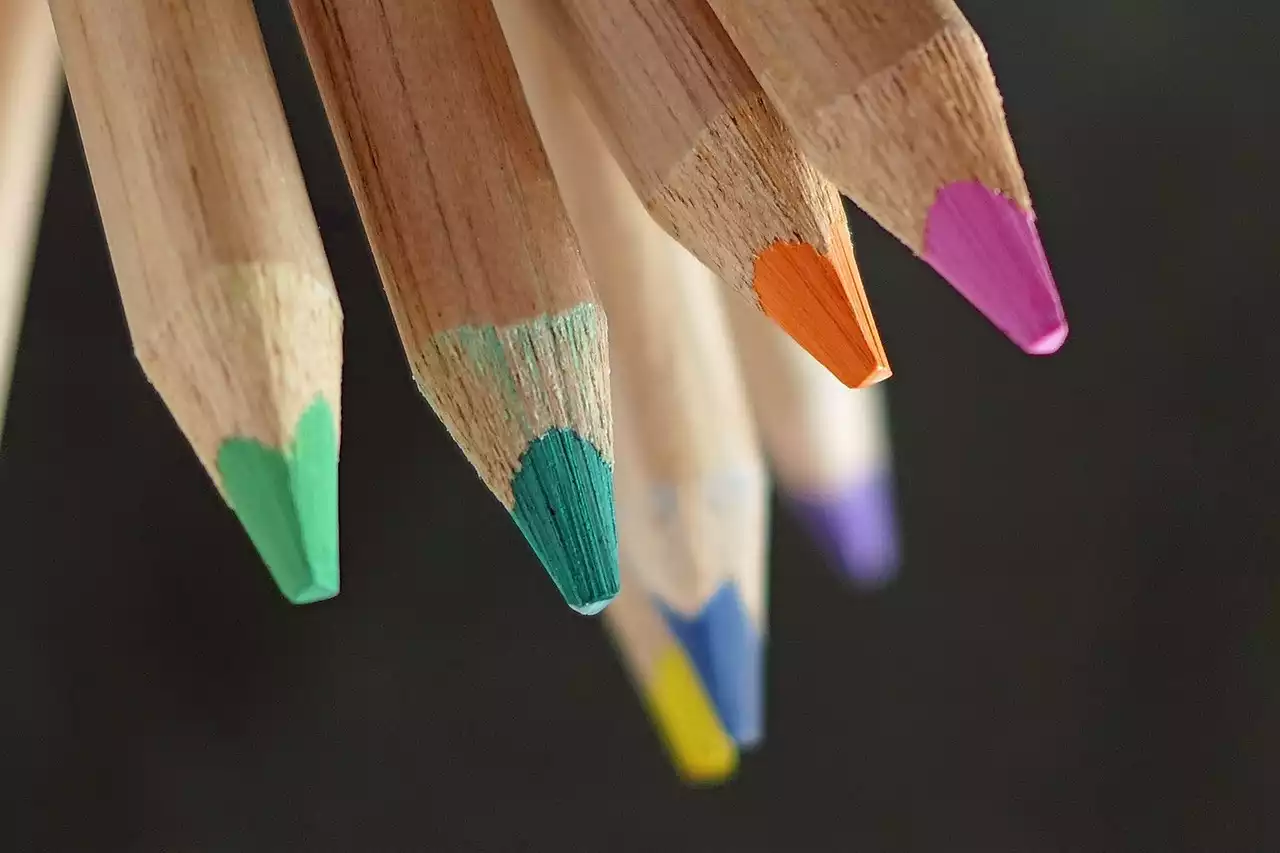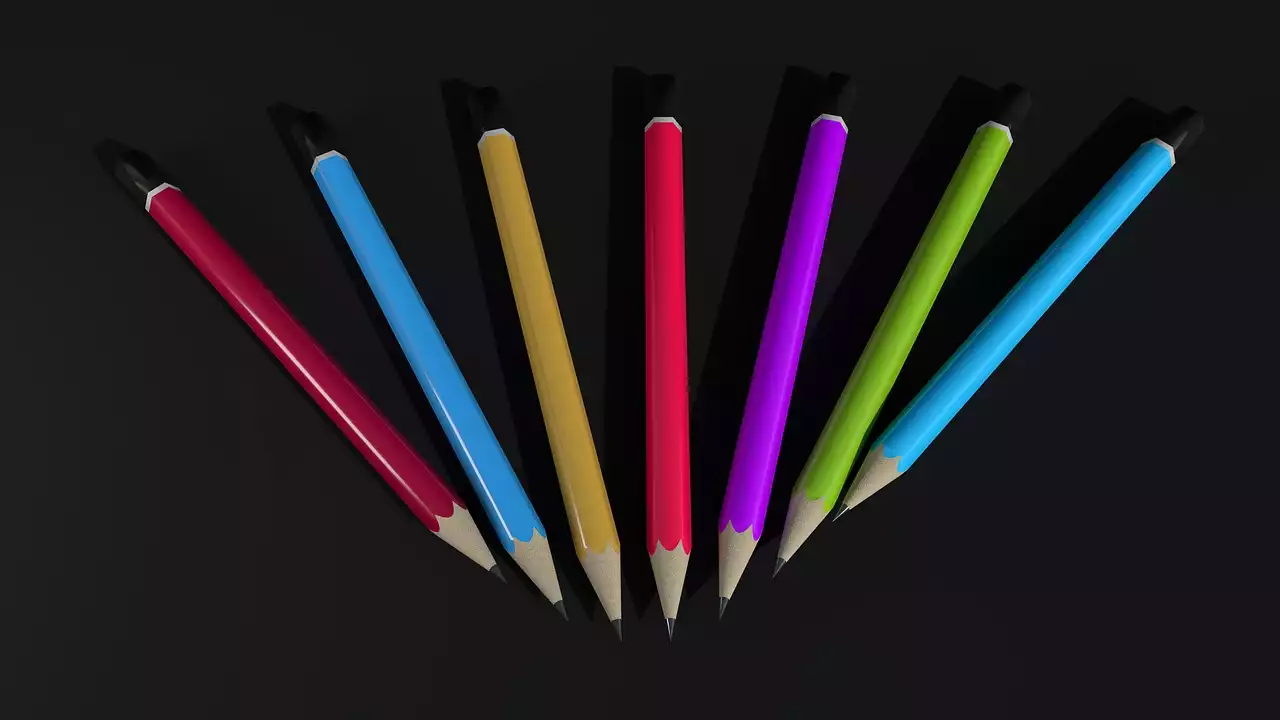What is acrylic painting?
Acrylic painting is a type of visual art that uses acrylic paints and a canvas to create a two-dimensional finished piece. It is a versatile medium that can be used for everything from fine art pieces to home decor and applied using many different techniques. Acrylic paints are water-based and come in both liquid and gel forms. When applied to a canvas and allowed to dry, they create a durable, water-resistant surface that can be easily repainted. Acrylic paintings can be removed from their canvas and framed like a traditional piece of art. They are also relatively easy to clean and care for, making them an excellent choice for beginning artists. Acrylic painting is also referred to as “painting in acrylics” or “working in acrylics.” It is often distinguished from other forms of painting with acrylics, such as “mixed media” works that incorporate a variety of media such as paint, pastels, and other materials.
Supplies needed for acrylic painting
Before you begin painting in acrylics, it’s important to make sure you have all the right supplies on hand. There are a few different things you’ll need, including a canvas, paints, brushes, and other accessories. A canvas is a staple for any acrylic painting, and you have a few different options to choose from. You can paint on a traditional canvas, a woven fabric stretched onto a wooden frame, or stretch canvas, which is a synthetic fabric that is pre-stretched around a wooden frame. Another option is a pre-painted canvas, which is a canvas that has been painted on both sides. A paintbrush is another important tool for any acrylic painting, and the type you use will depend on the look you are going for. You can use a natural or synthetic brush and choose between a round, flat, or filbert shape. Other supplies you may want to keep on hand include a palette, palette knife, and a turpentine-free solvent such as water or denatured alcohol, which can be used to clean your brushes between colors.
Types of canvas for acrylic painting
When choosing a canvas for your acrylic painting, you have a few options to consider. First, you’ll need to decide between a traditional canvas and a stretch canvas.
Traditional Canvas - A traditional canvas is made from a woven fabric stretched around a wooden frame. The warp and weft threads of this fabric are woven together to create a strong, durable surface.
Stretch Canvas - Stretch canvas is a synthetic fabric that’s pre-stretched around a wooden frame. This makes it easy to frame your finished painting and hang it on the wall. You can also frame a traditional canvas after your painting is finished, but it will require stretching the fabric around a frame. The fabric in stretch canvas is often a blend of cotton and synthetic fibers. Another choice you’ll have to make is between a primed or unprimed canvas.
Primed Canvas - A primed canvas has a layer of acrylic-based primer applied to one or both sides of the fabric. This will ensure your paint sticks to the canvas rather than bleeding through to the back.
Unprimed Canvas - An unprimed canvas will not have any acrylic-based primer applied to either side. While it’s important to keep in mind that paint may bleed through to the back of an unprimed canvas, many artists prefer the textured look this creates.
Acrylic paint and mediums
When choosing acrylic paints, you’ll want to keep a few things in mind. First, make sure you buy quality paints from a well-known brand. Cheap acrylic paints often produce poor results, while high-quality paints will make the painting process easier and allow you more control over the finished product. You’ll also want to decide between premixed paints and pure acrylic paints. Premixed paints will contain other materials such as water or resin and are often used for backgrounds or texture. Pure acrylic paints, on the other hand, are made with just acrylic binder and water. Mediums are additives that can be mixed into acrylic paints while they’re wet. They’re often used to extend the drying time of a painting, add texture, or create a particular finish to the image. For example, adding water to paint will speed up the drying time, while adding a gloss or matte medium will create a different finish.
Brushes for acrylic painting
Again, the type of brush you use will depend on the finish you’re going for and the look you are trying to achieve. For example, a filbert brush is good for creating soft edges and blending colors, while a round brush can be used for detail work and creating texture. Nylon brushes are best for watercolor or acrylic painting, while natural brushes are better for oil-based paints. Be sure to clean your brushes between colors to prevent them from becoming stained by a previous color. To do this, soak your brushes in water or denatured alcohol and gently scrub them with a cleaning pad or paper towel. Other brushes you may want to keep on hand include a palette knife, which can be used to mix paint while it’s still wet, and a wide brush, which can be used to cover a large area quickly.
Other accessories for acrylic painting
Other painting accessories you may want to keep on hand include a palette, which is used to mix your paints on, and a turntable, which can help you keep your paints from drying out. You may also want to invest in a palette knife and a wide brush to help you paint larger pieces with better control and speed. Finally, it’s a good idea to keep a piece of paper towel or a rag nearby to clean up any paint spills. A good acrylic painting frame can help your piece stand out and make a great impression. Frames come in a variety of shapes and sizes, so you can choose one that best matches the size of your painting or fits a certain space in your home.
Tips for choosing the right supplies
When you’re shopping for acrylic painting supplies, it can often be difficult to decide what brand or type of product to purchase. Here are a few tips for choosing the best supplies for your needs. When choosing a canvas, consider the type of painting you want to create and the overall look you’re trying to achieve. For example, a traditional canvas works well for portraits, while a textured canvas is perfect for landscapes. When choosing paints, make sure the brand you buy has good reviews and is well-known for producing high-quality products. You can often find great deals on paints at the end of the year when retailers are trying to make room for new inventory. When choosing a brush, be sure to choose one that is right for the type of paint you’ll be using. Natural brushes are best for oil-based paints, while nylon brushes work well with watercolor or acrylic paints.










